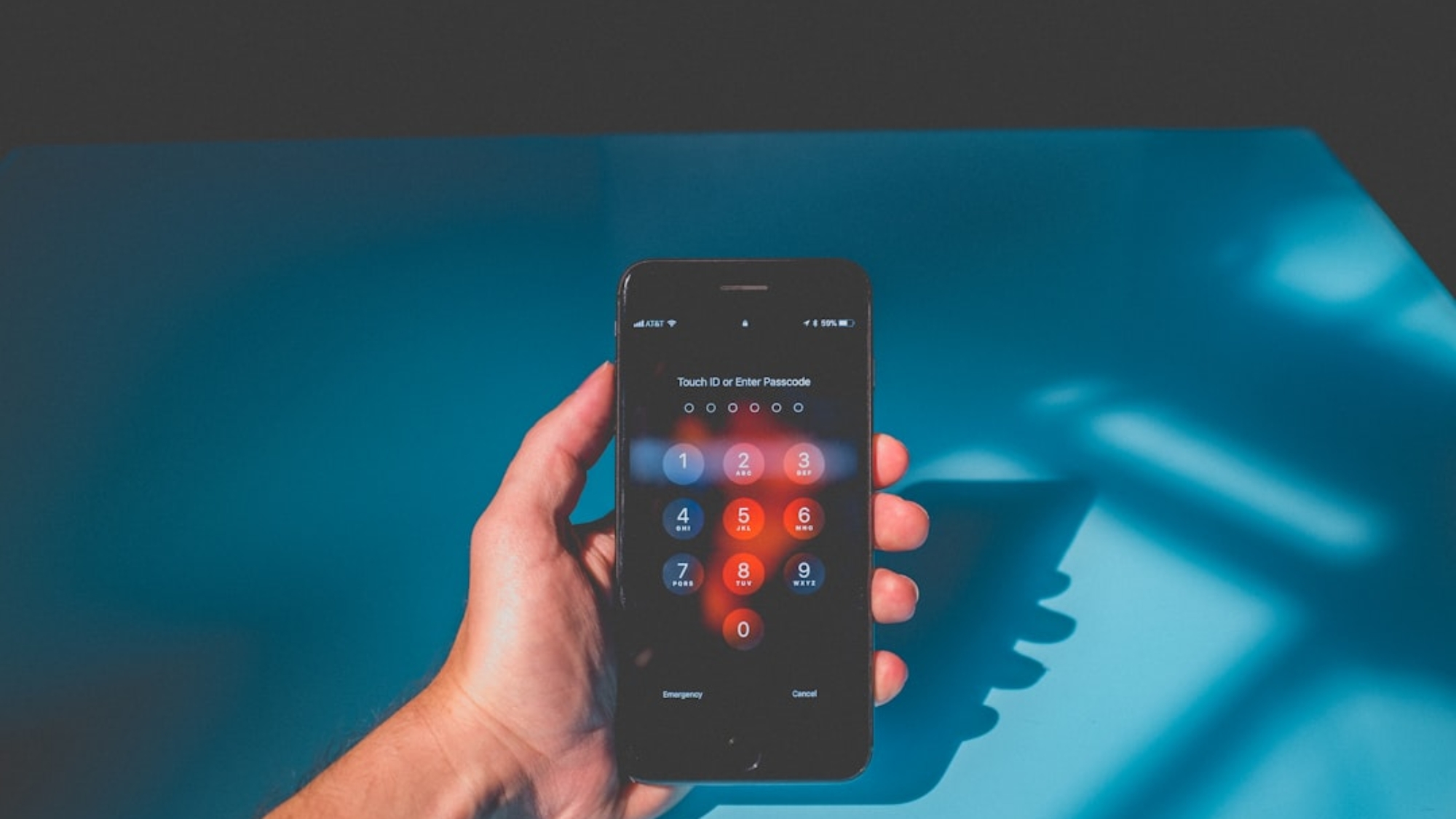Wi-Fi security refers to the measures taken to protect a wireless network from unauthorized access and potential threats. With the increasing reliance on wireless networks for internet connectivity, it has become crucial to ensure that these networks are secure. Wi-Fi security is important because it helps to safeguard sensitive information, prevent unauthorized access to devices and networks, and protect against potential cyber threats.
Understanding the Risks of Unsecured Wi-Fi Networks
Using unsecured Wi-Fi networks can expose users to various risks, including hacking and identity theft. When connected to an unsecured network, hackers can easily intercept and access the data being transmitted between devices. This means that any personal information, such as passwords, credit card details, or social security numbers, can be easily stolen.
Real-life incidents have demonstrated the dangers of using unsecured Wi-Fi networks. For example, in 2014, a hacker set up a fake Wi-Fi network at a coffee shop in Brazil and intercepted the login credentials of over 4,000 users. The hacker then used this information to gain access to their bank accounts and steal money. Another incident involved a hacker who set up a rogue Wi-Fi network at a popular hotel in Las Vegas. The hacker was able to intercept the internet traffic of hotel guests and steal their personal information.
How to Check if Your Wi-Fi Network is Secure
To check if your Wi-Fi network is secure, follow these steps:
1. Access your router’s settings by typing its IP address into your web browser.
2. Enter your username and password (usually found on the back of your router).
3. Look for the “Wireless” or “Security” tab in the router settings.
4. Check the security protocol being used (e.g., WEP, WPA, WPA2).
5. Ensure that WPA2 is enabled as it is currently the most secure protocol.
6. If WEP or WPA is enabled, consider upgrading to WPA2 for better security.
Different security protocols offer varying levels of protection. WEP (Wired Equivalent Privacy) is the least secure and should be avoided. WPA (Wi-Fi Protected Access) is more secure than WEP but can still be vulnerable to hacking. WPA2 (Wi-Fi Protected Access 2) is currently the most secure protocol and should be enabled if available.
Setting Strong Passwords for Your Wi-Fi Network
Having a strong password for your Wi-Fi network is essential to prevent unauthorized access. Here are some tips for creating a strong password:
1. Use a combination of uppercase and lowercase letters, numbers, and special characters.
2. Avoid using common words or phrases that can be easily guessed.
3. Make your password at least 12 characters long.
4. Avoid using personal information, such as your name or birthdate.
5. Consider using a password manager to generate and store complex passwords.
Remember to change your Wi-Fi password regularly to maintain security.
Enabling WPA2 Encryption for Your Wi-Fi Network
WPA2 encryption provides an additional layer of security for your Wi-Fi network by encrypting the data being transmitted between devices. To enable WPA2 encryption, follow these steps:
1. Access your router’s settings by typing its IP address into your web browser.
2. Enter your username and password (usually found on the back of your router).
3. Look for the “Wireless” or “Security” tab in the router settings.
4. Find the encryption settings and select “WPA2” as the encryption type.
5. Enter a strong password for the network.
6. Save the changes and restart your router.
Enabling WPA2 encryption ensures that even if someone manages to connect to your Wi-Fi network, they won’t be able to decipher the data being transmitted.
Updating Your Router’s Firmware Regularly
Updating your router’s firmware is important because it ensures that your router has the latest security patches and bug fixes. Outdated firmware can leave your router vulnerable to various security threats. To update your router’s firmware, follow these steps:
1. Check the manufacturer’s website for firmware updates specific to your router model.
2. Download the latest firmware version onto your computer.
3. Access your router’s settings by typing its IP address into your web browser.
4. Enter your username and password (usually found on the back of your router).
5. Look for the “Firmware Update” or “Router Update” option in the router settings.
6. Select the downloaded firmware file and follow the on-screen instructions to update your router’s firmware.
Regularly updating your router’s firmware ensures that you have the latest security features and protects against potential vulnerabilities.
Disabling Remote Management of Your Router
Remote management allows you to access and manage your router’s settings from a remote location. However, leaving remote management enabled can pose a security risk as it provides an entry point for hackers. To disable remote management, follow these steps:
1. Access your router’s settings by typing its IP address into your web browser.
2. Enter your username and password (usually found on the back of your router).
3. Look for the “Remote Management” or “Remote Access” option in the router settings.
4. Disable remote management by unchecking the box or selecting “Disable.”
5. Save the changes and restart your router.
Disabling remote management ensures that only devices connected to your local network can access and manage your router’s settings.
Configuring Your Router’s Firewall Settings
A firewall acts as a barrier between your network and potential threats from the internet. It monitors incoming and outgoing network traffic and blocks any suspicious or unauthorized activity. To configure your router’s firewall settings, follow these steps:
1. Access your router’s settings by typing its IP address into your web browser.
2. Enter your username and password (usually found on the back of your router).
3. Look for the “Firewall” or “Security” tab in the router settings.
4. Enable the firewall if it is not already enabled.
5. Configure the firewall settings based on your preferences (e.g., block specific ports or applications).
6. Save the changes and restart your router.
Configuring your router’s firewall settings helps to protect your network from unauthorized access and potential threats.
Limiting Access to Your Wi-Fi Network
Limiting access to your Wi-Fi network is important to prevent unauthorized users from connecting to your network. Here are some tips to limit access:
1. Change the default network name (SSID) of your Wi-Fi network.
2. Disable SSID broadcasting to make your network invisible to others.
3. Enable MAC address filtering to only allow specific devices to connect.
4. Regularly review the list of connected devices and remove any unknown or unauthorized devices.
By implementing these measures, you can ensure that only trusted devices can connect to your Wi-Fi network.
Additional Tips to Keep Your Wi-Fi Network Secure
In addition to the steps mentioned above, here are some additional tips and best practices for keeping your Wi-Fi network secure:
1. Use a virtual private network (VPN) when connecting to public Wi-Fi networks to encrypt your internet traffic and protect your data.
2. Disable guest networks if you do not need them, as they can provide an entry point for hackers.
3. Regularly monitor your network for any suspicious activity or unauthorized devices.
4. Keep all devices connected to your Wi-Fi network updated with the latest security patches and firmware updates.
5. Educate yourself and your family members about safe internet practices, such as avoiding clicking on suspicious links or downloading unknown files.
By following these additional tips, you can further enhance the security of your Wi-Fi network and protect your sensitive information.






Add a Comment